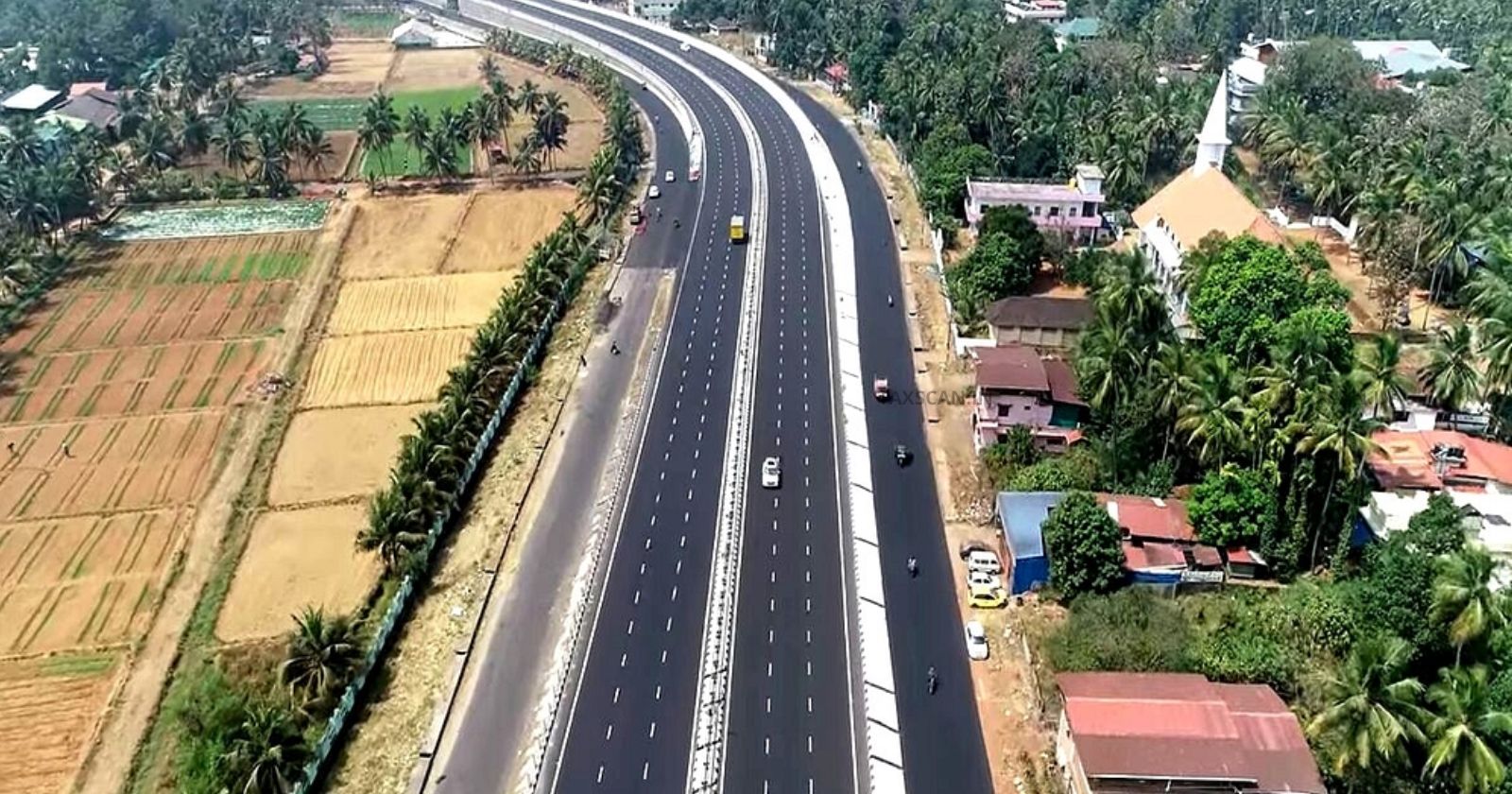Economic Affairs Cabinet Committee approves Construction of 6-Lane Greenfield National Highway Worth ₹4500 Crore in Maharashtra
The 6-lane access-controlled Greenfield National is said to cover a distance of 29.219 km

Highway Construction – Economic Affairs Cabinet – Committee Greenfield Highway – Maharashtra Highway – CCEA – JNPA Port Highway – taxscan
Highway Construction – Economic Affairs Cabinet – Committee Greenfield Highway – Maharashtra Highway – CCEA – JNPA Port Highway – taxscan
The Cabinet Committee on Economic Affairs (CCEA), chaired by Prime Minister Narendra Modi, has approved the construction of a 6-lane access-controlled Greenfield National Highway from JNPA Port (Pagote) to Chowk in Maharashtra, spanning 29.219 km.
The project, which will be executed under the Build, Operate, and Transfer (BOT-Toll) model, has been sanctioned with a total capital investment of ₹4500.62 crore.
The highway project is a crucial component of the PM Gati Shakti National Master Plan, which focuses on integrated infrastructure development to enhance connectivity between major ports and national highways. With the rising container traffic at JNPA Port and the impending launch of Navi Mumbai International Airport in 2025, the need for better highway infrastructure has become a priority for decongesting existing routes.
Read More: Kerala State Budget 2025: FM Proposes 50% Road Tax Hike on Private Vehicles Over 15 Years
At present, vehicles moving from JNPA Port to NH-48 (Golden Quadrilateral) and the Mumbai-Pune Expressway face delays of 2-3 hours due to urban congestion in areas like Palaspe Phata, D-Point, Kalamboli Junction, and Panvel, where traffic volumes reach 1.8 lakh PCUs (Passenger Car Units) per day. With the expected rise in freight movement post-2025, this new corridor aims to streamline traffic, cut travel time, and improve logistics efficiency in the Mumbai-Pune region.
The Future of Tax and Finance: Upskill with Us: Click here
Read More: India’s Women Tax Filers Grow 25% in Four Years: Maharashtra Ranks First
The highway alignment will start from JNPA Port (NH-348) at Pagote village and connect to NH-48 (Mumbai-Pune Highway) while also linking Mumbai-Pune Expressway and Mumbai-Goa National Highway (NH-66). To facilitate smoother freight movement, the project will include two tunnels cutting through the Sahyadri hills, replacing the existing ghat sections. This design is expected to enhance speed, reduce fuel consumption, and ease the movement of large container trucks.
The BOT-Toll model ensures that private developers will finance, construct, and operate the highway, recovering costs through toll collection. This approach reduces the financial burden on the government while ensuring timely project execution.
Read More: BOT projects are Intangible Assets: ITAT allows 25% Depreciation on Road Construction
The new expressway is slated to enhance port connectivity, promote industrial growth, and improve freight movement efficiency along the region.
Support our journalism by subscribing to Taxscan premium. Follow us on Telegram for quick updates


